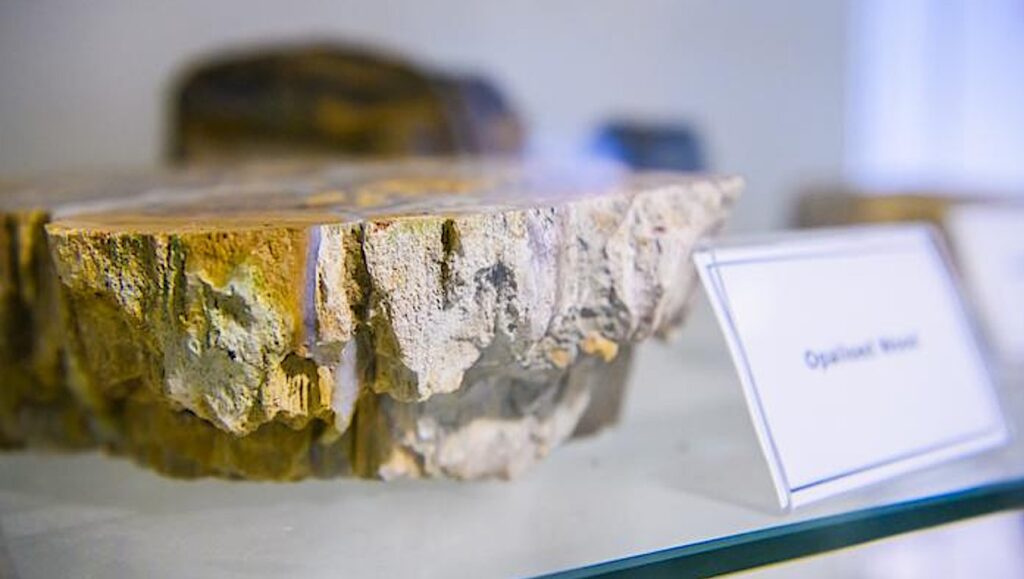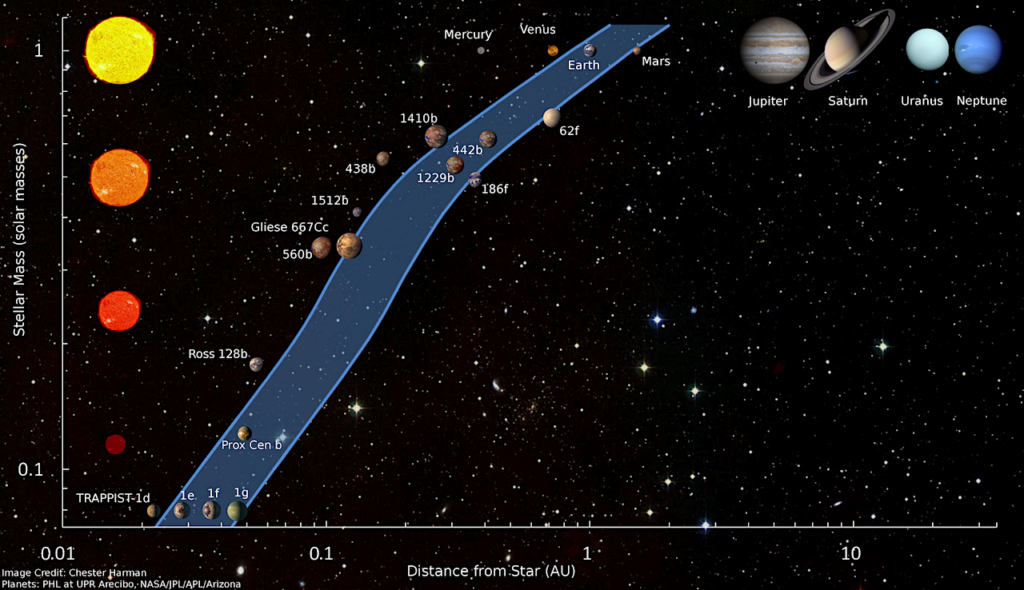On The Stability Of Low-mass Planets With Supercritical Hydrospheres

Short-period and low-mass water-rich planets are subject to strong irradiation from their host star, resulting in hydrospheres in supercritical state. In this context, we explore the role of irradiation on small terrestrial planets that are moderately wet in the low-mass regime (0.2–1M⊕).
We investigate their bulk properties for water contents in the 0.01–5\% range by making use of an internal structure model that is coupled to an atmosphere model. This coupling allows us to take into account both the compression of the interior due to the weight of the hydrosphere and the possibility of atmospheric instability in the low-mass regime. We show that even for low masses and low water contents, these planets display inflated atmospheres. For extremely low planetary masses and high irradiation temperatures, we find that steam atmospheres become gravitationally unstable when the ratio η of their scale height to planetary radius exceeds a critical value of ∼0.1.
This result is supported by observational data, as all currently detected exoplanets exhibit values of η smaller than 0.013. Depending on their water content, our results show that highly irradiated and low-mass planets up to 0.9M⊕ with significative hydrospheres are not in stable form and should loose their volatile envelope.
Hugo Vivien, Artyom Aguichine, Olivier Mousis, Magali Deleuil, Emmanuel Marcq
Comments: Accepted for publication in ApJ
Subjects: Earth and Planetary Astrophysics (astro-ph.EP)
Cite as: arXiv:2204.07451 [astro-ph.EP] (or arXiv:2204.07451v1 [astro-ph.EP] for this version)
Submission history
From: Hugo Vivien
[v1] Fri, 15 Apr 2022 13:08:48 UTC (358 KB)
https://arxiv.org/abs/2204.07451
Astrobiology








